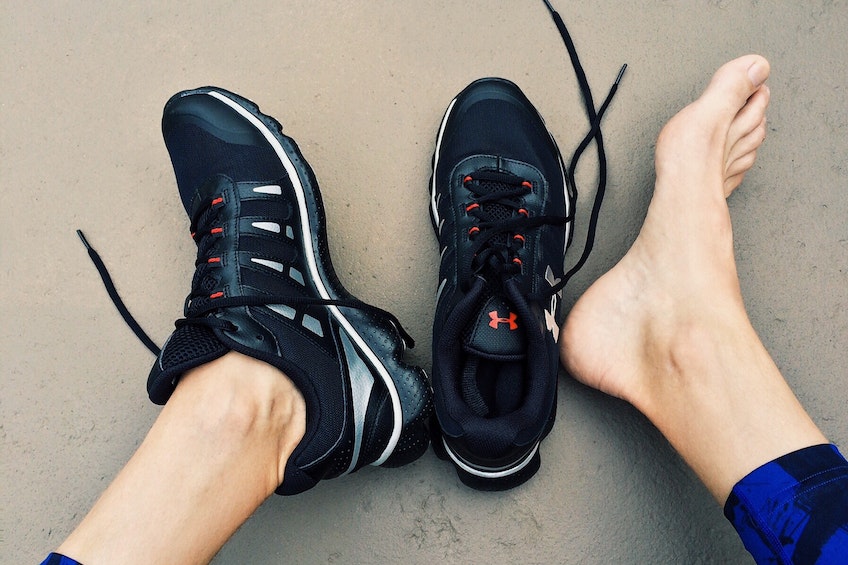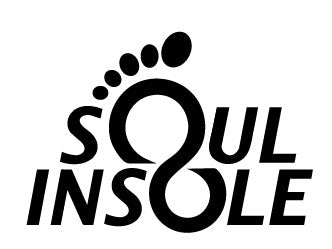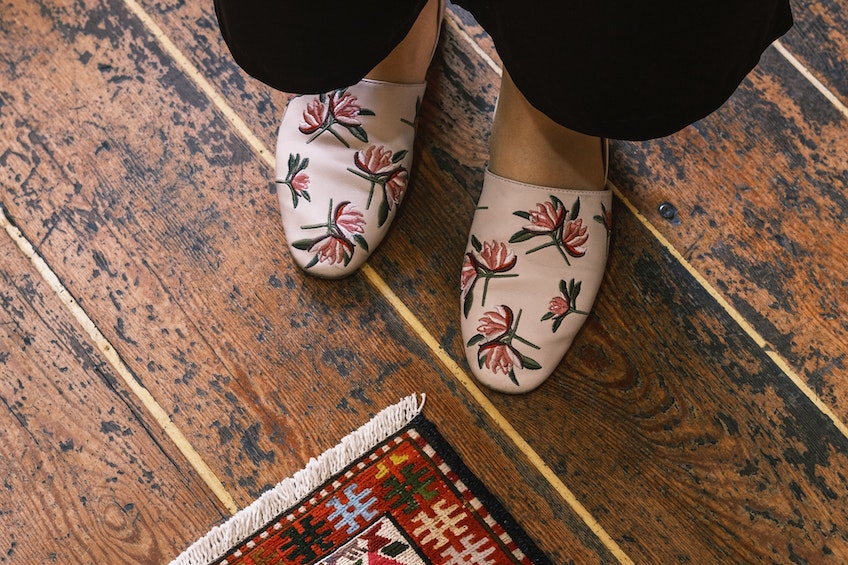
The Best insoles for flat feet and knee pain
If you are suffering from flat feet and knee pain, you may be looking for the best insoles to provide relief. There are a number of different types of insoles available, and it can be difficult to know which is the best for you. In this blog post, we will discuss the different types of insoles and the benefits of each. We will also provide a list of the best insoles for flat feet and knee pain.
Insoles are a great way to help with flat feet. There are many different types of insoles that can help. The best insole for flat feet depends on the person’s individual needs.
What are the best insoles for knee pain
There are many different types of insoles that can be used to help relieve knee pain. Some of the best insoles for this purpose include those that are made of gel, those that are designed to cushion the foot, and those that are specifically created to support the arch of the foot. Gel insoles are a great option for support because they do not compress over time. Also, gel is usually flexible and soft, which mimics natural walking on soft surfaces like grass and dirt. Cushioning can be very helpful in relieving foot pain. The only challenge is that when you add thick cushioning, this can sometimes take up too much space in the shoes, rendering the shoes too tight. It is important to find an insole for shoes that is the correct size and fits well in the shoes that you choose to wear. If the insole for shoes is too small, it may move around in the shoe and not provide the desired support. If the insole is too large, it may be uncomfortable and cause additional pain. It’s important to find an insole with the right amount of arch support for your needs.
Just because you have high arches, this does not necessarily mean that you need a ton of arch support. If you have high arches, it’s important to check the bottom of your shoes to see if you wear out the outer corners of the heel edges of your shoes. If you do wear out the outer corners of the heels of your shoes, then it’s likely that you over supinate. For those that over supinate, it’s important not to have too much support. Too much support can cause the feet to tilt even more to the outside edges. Also, if you are adding arch support to your shoes and you over supinate, it can be important to additionally wear a heel wedge to balance the feet out.
If you have low arches, this does not necessarily mean that you need a smaller amount of support. It can depend on if your bone structure is flat footed or if you originally had regular or higher arches that have fallen over time. If the bone structure is flat footed, then your feet will not be able to tolerate a large amount of arch support, so it’s best to choose something a little less thick. Another option is to use a heel wedge placed for over pronation to tilt the foot outward, rather than to add arch support. If your low arches used to be normal or higher yet they have fallen, then you might prefer a larger amount of arch support. Fallen arches often happen when the feet lose musculature. The tiny muscles in the feet help to support the arch and foot structure. When the muscles are weak and the arch has fallen, it can be very important to wear a significant amount of arch support to stop the arch from collapsing. When the arches collapse, the ligaments and tendons can over stretch and tear which can cause immense pain like with plantar fasciitis.
How can insoles help with flat feet and knee pain
There are a few different ways that insoles can help with flat feet and knee pain. For one, they can help to support the foot and keep it in the correct position to prevent strains and injuries. When the feet are tilting inward (over pronation) or outward (supination), this can change the alignment for the ankles, knees, hips and back. This misalignment can cause pain and damage to these joints. Supportive shoe insoles with the correct geometries for your unique needs can help to reduce the stress that is put on the knee. Additionally, insoles can also help to absorb shock and reduce the amount of force that is transmitted up the leg. This can help to reduce the amount of pain that is felt in the knee.
What are some additional benefits of using insoles
There are many benefits of using insoles for flat feet and knee pain. First, insoles can provide relief from pain. If you have flat feet, your arch may not be able to support your weight, which can cause the arch and ankles to fall down and inward while the ligaments and tendons in your feet can overstretch and possibly tear. When this happens, it can cause a lot of pain in your feet and ankles. If you have knee pain or if you’re prone to spraining your ankles, using insoles can help to correct your alignment and take some of the pressure off of your knees and ankles.
Insoles can help to improve your posture. If you have flat feet, your ankles may roll inwards when you walk, which can cause you to lean forward and hunch your back. In addition, if you have knee pain, using insoles can help to correct your alignment and take some of the pressure off of your knees.
Finally, insoles can help to improve your balance. If you have flat feet, your ankles may roll inwards when you walk, which can cause you to lose your balance.
How to choose the best insoles
There is a lot of information out there on how to choose the best insoles for flat feet and knee pain. It can be hard to know where to start. Here are some tips to help you find the best insoles for you.
First, consider what is causing your pain. Different insoles work better for different problems. If you have pain in your arches or heels (like with plantar fasciitis), you may need insoles that are thicker and provide maximum support for your arches. If you have pain in your knees, you may need insoles that cushion your joints. If you walk on the outside edges of your shoes, you might need insoles that have posting to stop supination or you might want to add on a heel wedge.
Second, think about your lifestyle. If you are always on your feet, you will need different insoles than if you are mostly sedentary. If you are active, you will need insoles that can stand up to a lot of wear and tear.
Third, try a few different types of insoles to see what works best for you. Not all insoles are created equal. You may need to try a few different types before you find the ones that work best for you. Also, it can be helpful to rotate your shoes and insoles throughout the day if you’re experiencing pain. This helps to give different parts of your feet a rest.
Fourth, be patient. It may take a little time to find the right insoles. Don't give up if they don't work right away. It can take time to ease into the feeling of support. Keep trying until you find the ones that make you feel better.
Hopefully, this blog post has helped you understand the different types of insoles and the benefits of each. If you are suffering from flat feet and knee pain, we recommend trying out Soul Insoles Shoe Bubble Orthotic Insoles for flat feet and knee pain and Soul Insole Heel Wedges.


